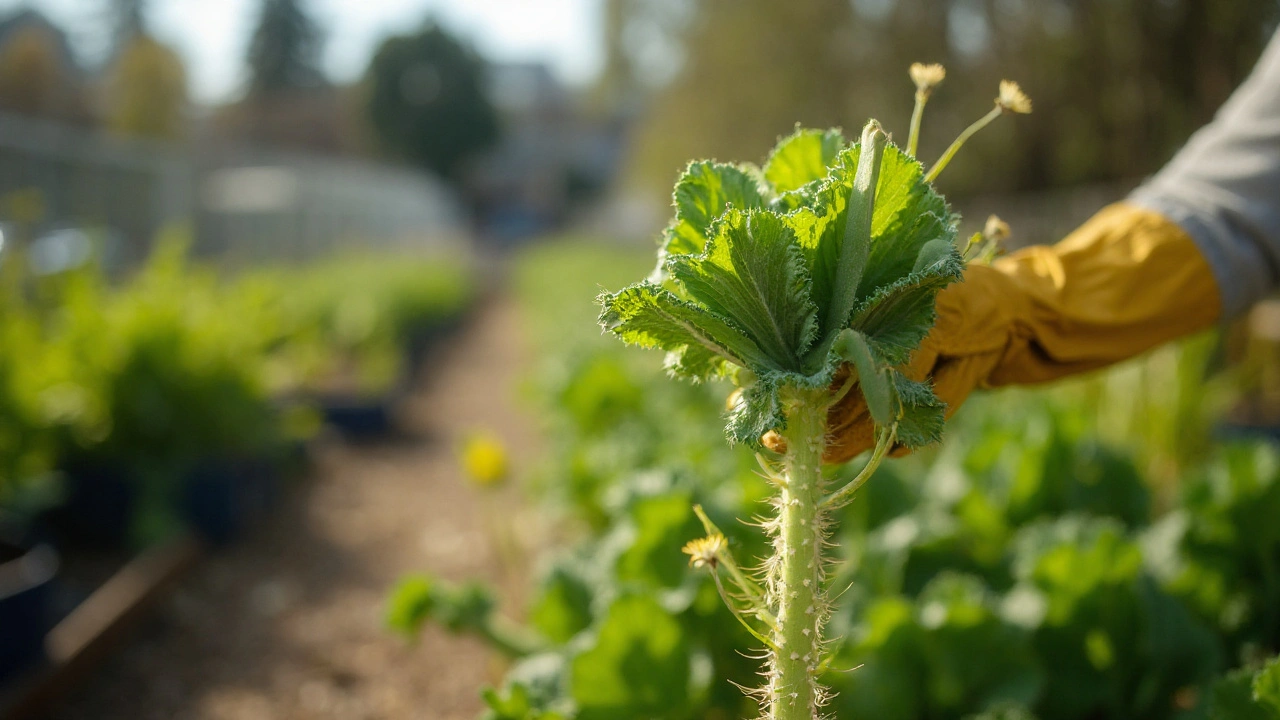Wild Lettuce: What It Is and Why It Matters
Ever heard someone talk about "wild lettuce" and wonder if it’s just another salad leaf? It’s actually a different plant, known scientifically as Lactuca virosa. Unlike the crisp lettuce you toss in a sandwich, wild lettuce grows in fields and along roadsides and has a long history as a mild herbal remedy.
People have used wild lettuce for centuries to calm nerves, ease mild pain, and even help with sleep. The plant contains a mix of lactucopicrin and other sesquiterpene lactones that give it a gentle sedating effect. That’s why you might see it listed as a natural alternative to stronger sleep aids.
How to Use Wild Lettuce Safely
If you’re curious about trying wild lettuce, the easiest way is to make a tea. Grab a handful of fresh leaves (or dried if you’ve bought them), steep them in hot water for about 10‑15 minutes, strain, and drink. Start with a small cup to see how you feel—most people find it mildly relaxing without causing grogginess.
Another option is a tincture. A few drops under the tongue can give a faster effect than tea because the alcohol extracts more of the active compounds. Follow the label’s dosage instructions, usually 1‑2 ml a few times a day, and never exceed the recommended amount.
Some folks like to smoke the dried leaves, similar to how people use other herbs for a calming buzz. If you go this route, use a pipe or rolled paper and keep sessions short. Inhalation can be stronger than tea, so start with a tiny puff and wait a few minutes before deciding to take more.
Potential Benefits and What to Expect
Wild lettuce is most praised for three things: reducing mild pain, lowering anxiety, and improving sleep quality. Users often report that a cup of lettuce tea before bedtime helps them drift off faster and stay asleep longer. For headaches or muscle aches, a tincture taken at the first sign of discomfort can ease the sensation without the drowsiness you might get from stronger meds.
Because the herb is mild, it’s unlikely to cause serious side effects for most adults. However, a few people may feel light‑headed, nauseous, or experience a slight dry mouth. If any of these symptoms show up, stop using the herb and give your body a break.
Pregnant or nursing women should avoid wild lettuce. The plant can cross the placenta and might affect a newborn’s nervous system. Also, anyone on prescription sedatives, anti‑anxiety drugs, or sleep medications should talk to a doctor before adding wild lettuce to the mix, as the effects can add up.
In short, wild lettuce can be a handy, natural tool for easing everyday stress and mild aches, as long as you use it responsibly. Start low, monitor how you feel, and keep an eye on any interactions with other medicines you take.
Ready to give it a try? Look for reputable suppliers that sell properly identified wild lettuce, whether as dried leaves, powdered herb, or pre‑made tincture. Avoid picking plants from roadsides unless you’re 100 % sure of the species—misidentifying a look‑alike could lead to unwanted side effects.
Remember, herbal remedies work best when paired with good sleep hygiene, balanced diet, and regular movement. Wild lettuce isn’t a cure‑all, but it can be a gentle addition to a healthy lifestyle.
